

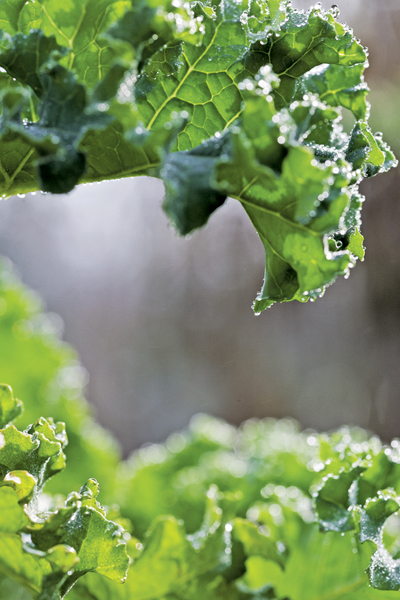
To our muse and mistress, Kale.
May she seduce and satisfy you.
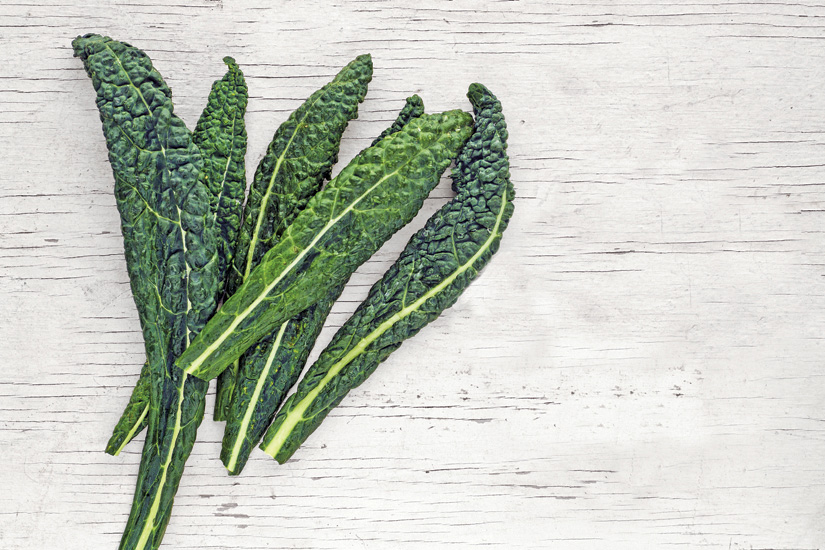
Contents

N othing is sexier than a sharp, happy mind atop a lean, healthy body. Few foods are able to deliver this promise like kale. She is the ideal plant in many ways: hardy and easy to grow, nutrient dense, and delicious. Kale is the queen of the cruciferous vegetables, a family of superfoods packed with nutritional benefits.
She delivers a huge dose of vitamin K (with more than 600 percent of your daily allowance per serving), and plays a starring role in supporting brain and bone health. She offers more vitamin C than an orange, more pro-vitamin A than any other leafy green, and a tiny one-cup serving has close to three times as much calcium as a school lunchsize carton of milk. The fats are in perfect ratioin fact the main source of fat in kale is omega-3 fat, which is essential for optimum health. With just one cup, kale brings a whopping 121 mg of the core omega-3, alpha-linoleic acid (ALA), to the table. But it is her lesser-known qualities that enchant and hold us prisoner. In addition to offering a bounty of vitamins and minerals, kale possesses a veritable medicine chest of healthy molecules known as phytonutrients.
These plant-based molecules travel from the end of your fork to the very center of your cells, where they turn on genes that boost your bodys natural ability to detox. The sulforaphane in kale helps to protect against diseases like cancer and diabetes. Her flavonoidsresponsible for her many deep colorsoffer a boost to cardiac health and your immune system. Ultimately, this book aims to release you from the bondage of guiltto encourage you to prepare and eat decadent-tasting foods that are also good for you. Kale not only offers a wide array of health benefits, it also helps you to stay lean. At only 33 calories per cup, kale offers a lot of nutrient value for very few calories.
And because the nutrients in kale become more bioavailable (able to be absorbed and utilized by your body) when paired with other specific nutrients, youll find that you can indulge in foods you might typically consider sinful. The recipes in this book will show you how to cook with ingredients like butter, eggs, red meat, and pasta in a healthy manner. So whether youre a cooking novice and want to start with a one-day love affair or a real kale submissive, you will undoubtedly succumb to her charms. And with fifty kale-centric recipes, like Hot Bacon Kale, Spicy Mussels with Kale, and Kale and Black Cherry Sorbet... resistance is futile.

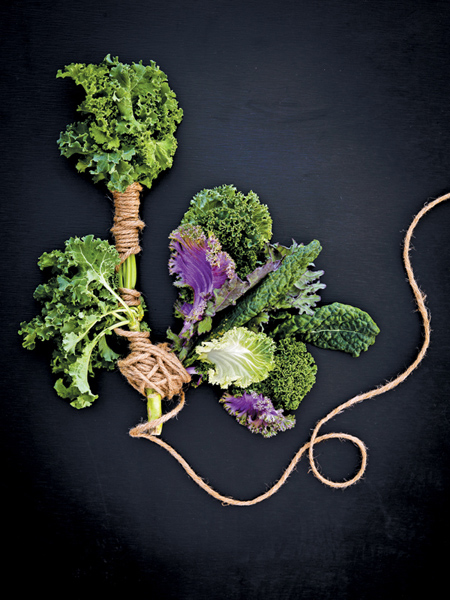
T he best sensual relationships require discipline to thrive.
When it comes to cooking with kale, its important to treat her with respect, and to pair her with the best-quality ingredients you are able to find, such as grass-fed beef and eggs from pasture-raised hens. Just like anything truly sexy, these fifty recipes are both exciting and tasteful. If you are ready to be turned on to the healthier, sexier you, here are a few guidelines to help you maximize the benefits (and flavor) of kale.  Try to use organic kale whenever possible. Kale was recently added to the Environmental Working Groups Dirty Dozen list of vegetables most likely to contain pesticides, so its worth the extra expense to buy organic.
Try to use organic kale whenever possible. Kale was recently added to the Environmental Working Groups Dirty Dozen list of vegetables most likely to contain pesticides, so its worth the extra expense to buy organic.  Treat your kale with care.
Treat your kale with care.
Despite her hearty exterior, kale is tender and fragile. Dont leave her out on the countertop or prewash her too far in advancenobody likes a limp vegetable.  Store your kale in the crisper, loosely gathered in a plastic bag. Add a paper towel or wrap her in a dry paper towel to trap excess moisture and keep her fresher and fuller longer.
Store your kale in the crisper, loosely gathered in a plastic bag. Add a paper towel or wrap her in a dry paper towel to trap excess moisture and keep her fresher and fuller longer.  Dont overcook your kale. Not only will the taste and texture suffer from overexposure to heat, but she will lose some of her nutrient value if cooked for too long.
Dont overcook your kale. Not only will the taste and texture suffer from overexposure to heat, but she will lose some of her nutrient value if cooked for too long.
As a rule of thumb, ten minutes is the maximum amount of time you want to expose kale to direct heat. For pan cooking, use a small metal lid to gently press down the kale as you turn it.
Fifty Shades of Kale
O K, so its not quite
fifty... but kale does come close to offering fifty shades of variety. Cornell University lists forty-eight known kale varietals providing you with a vast world of kale to explore. From deep purples and vibrant greens to translucent whites and radiant pinks, all are members of the cruciferous vegetable family, which includes other so-called superfoods like broccoli, bok choy, and Brussels sprouts.
All crucifers evolved from cabbage and thus all bear the same scientific name, Brassica oleracea. Kale belongs to the Acephala group of crucifers, literally meaning no head, as, unlike cabbage and broccoli, kale leaves arent formed around a central head. Each variety of kale offers unique flavor notes, color, and texture. Here is a brief overview of the varieties that are used in the recipes in this book. These are some of the most common varietals and should be easy to find at the grocery store or at your local farmers markets.
Curly Green
This is the classic varietal that most people think of when they hear the word
kale.
Its also probably the most common one found in your grocery store. With curly leaves and a firm body, curly kale will work well in all the recipes that follow. Its leaves have a mild flavor and they crisp up nicely when roasted in the oven, making them ideal for recipes like .
Lacinato
Lacinato kale (aka dinosaur kale) has deep green, narrow leaves with wrinkled raised bumps that look vaguely reptilian. Its widely available in most grocery stores, and, like curly kale, can be used in almost any recipe that calls for kale. Its the most pungent-tasting of the varieties and has a hint of spiciness that works well with cream sauces and meats.
Its delicious paired with the spicy sausage and rich sauce in .
Kamome
One of the many types of flowering kale, Kamome is an ornamental kale often used to adorn flowerbeds. Kamome comes in several stunning hues, including white, fuchsia, and crimson red hearts with an array of green outer leaves. It tends to taste more like red or green cabbage and pairs well in recipes that include soy or vinegar, such as .
Redbor
The deep red leaves of this kale are a true head turner. Redbor is primarily used for ornament in gardens but is just as tasty as the other varieties youll find at your local grocer.
Next page






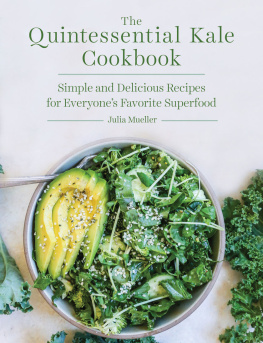

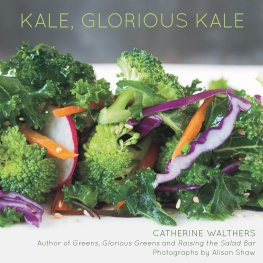


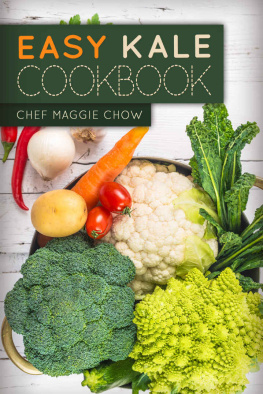
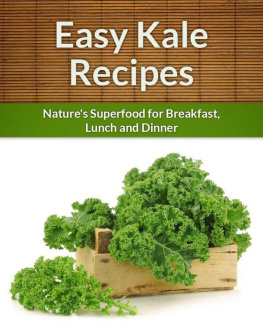
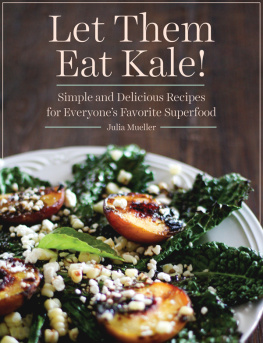
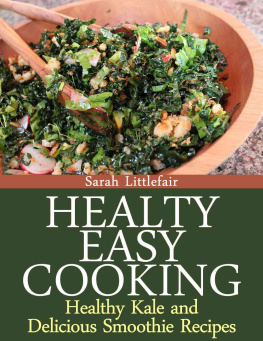
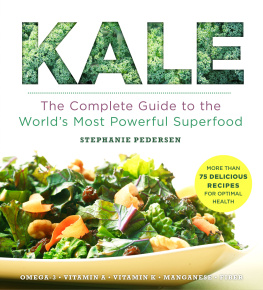







 Try to use organic kale whenever possible. Kale was recently added to the Environmental Working Groups Dirty Dozen list of vegetables most likely to contain pesticides, so its worth the extra expense to buy organic.
Try to use organic kale whenever possible. Kale was recently added to the Environmental Working Groups Dirty Dozen list of vegetables most likely to contain pesticides, so its worth the extra expense to buy organic.